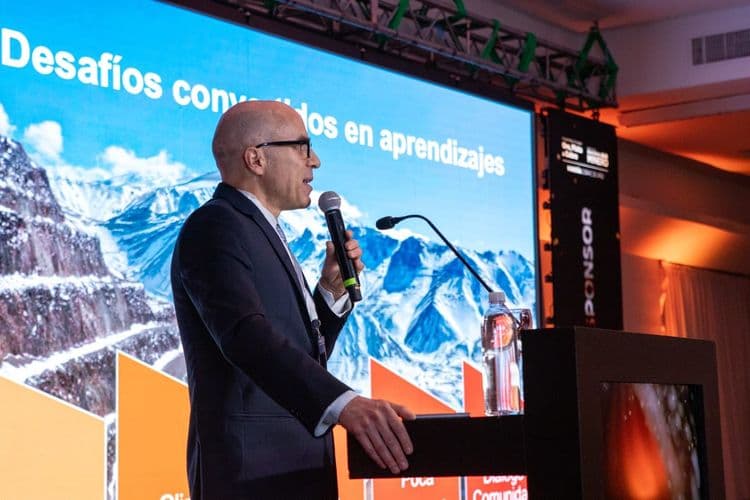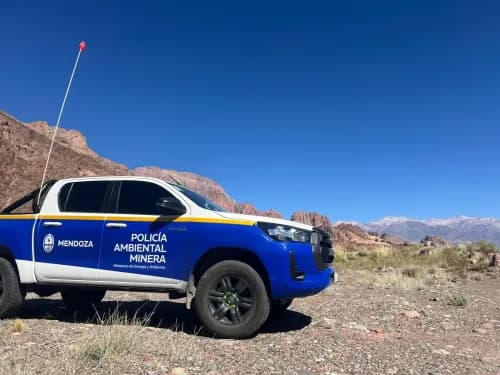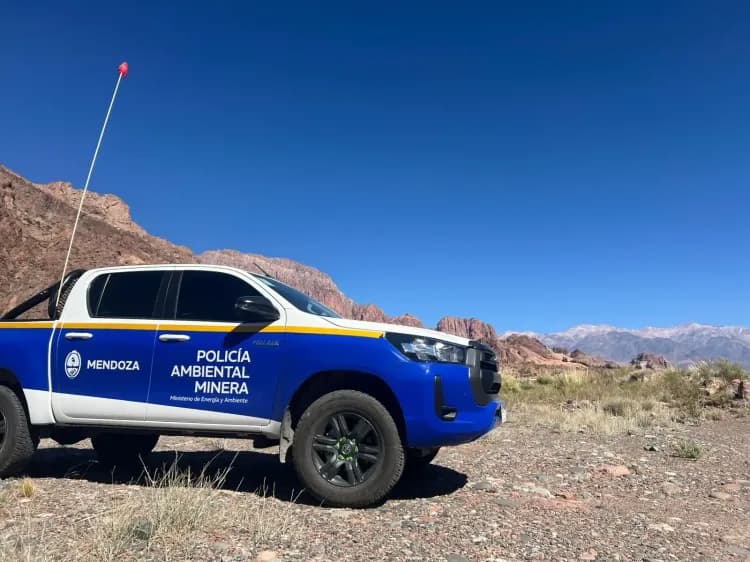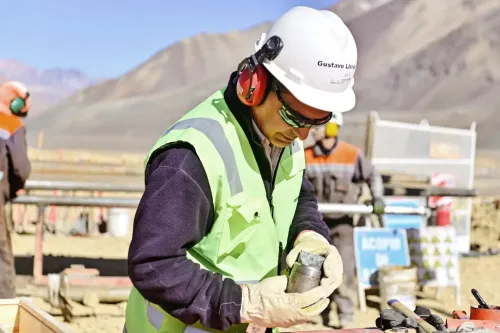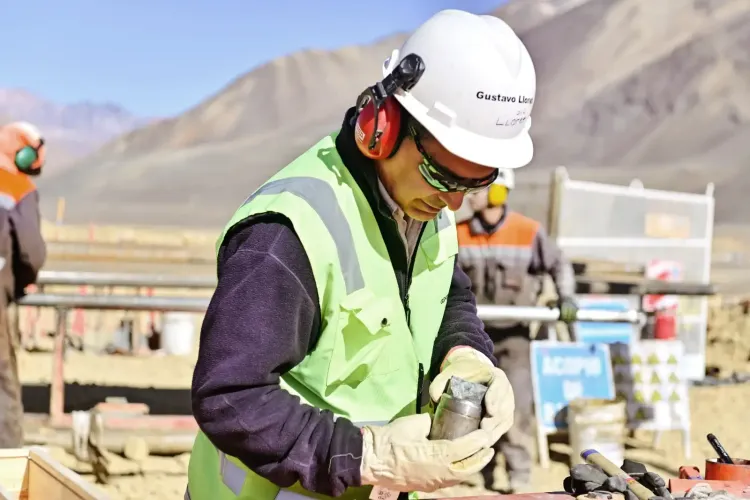After ten days of record-breaking presentations, the Uspallata mining proposal received over 60% support from speakers. The next step is the technical ruling by Mendoza’s Environmental Mining Authority. What comes next?
By Panorama Minero
The Public Hearing for the PSJ Cobre Mendocino project concluded this Monday, marking a milestone in Mendoza’s mining activity.
Over ten consecutive days of presentations, the hearing set a record for public participation and showed a favourable balance: more than 60% of the speakers expressed support for the project’s development.
PSJ is a project led by a partnership between Zonda Metals and the Alberdi Group, who are seeking environmental approval to build the project, which aims to produce 40,000 tons of refined copper from concentrate — a process supported by current legislation in Mendoza.
Main Concerns
During the participatory process, the PSJ team gathered first-hand input from the community.
The main concern focused on environmental protection and water resources, with specific requests for the responsible use of water and guarantees to protect the flow of the El Tigre stream.
There were also requests for more technical information on the mechanical flotation method using biodegradable reagents, as well as on protocols to prevent contamination and additional studies to safeguard local biodiversity.
On the other hand, positive contributions and comments focused on:
-
Job creation and territorial development: Speakers highlighted the generation of genuine employment opportunities for young people in Uspallata and the project’s potential to boost the local economy.
-
Commitment to modern mining: Emphasis was placed on compliance with Law 7722, the use of advanced technology, and adherence to international sustainability standards.
-
Conditional support: Much of the support for the project was expressed as conditional upon strict compliance with commitments, transparency, and community involvement in environmental monitoring.
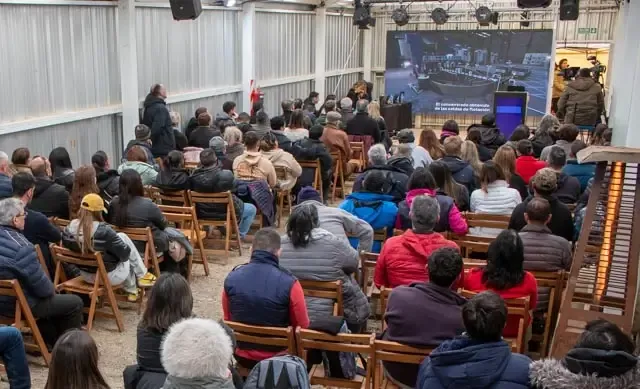
The Technical Process and the Role of the Legislature
With the public hearing concluded, the project now enters its decisive phase. The case file already includes all the sectorial reports and opinions, the most recent being that of the Interdisciplinary Environmental Mining Evaluation Committee (CEIAM), which endorsed the project’s development.
Although the public hearing is not legally binding, it serves as a platform to hear all voices before the issuance of the technical ruling, which is the responsibility of the Environmental Mining Authority — composed of the Directorate of Mining and the Directorate of Environmental Management and Oversight.
Based on the documentation submitted and the reports released so far, it is anticipated that an Environmental Impact Statement (EIS) will be issued.
However, the process does not end there. In Mendoza, Law 7.722 requires that the EIS be ratified by the Provincial Legislature, in both the Chamber of Deputies and the Senate.
Once the EIS is approved, it is the Provincial Executive Branch that decides when to submit the file to the Legislative Branch. However, it is expected that once the technical document is approved, Governor Alfredo Cornejo will not delay in sending it for analysis and voting before the end of the year.
In recent cases — such as exploration project files from Malargüe's Western Mining District — there were some delays in legislative committees due to the high number of speakers called by lawmakers. Nevertheless, once the PSJ file is submitted, it will undoubtedly be given top priority.
If approved by both chambers, and once the Executive Branch enacts a law formally ratifying the project, it will receive the permit to immediately begin its feasibility stage. PSJ has announced that, upon receiving the green light, it will invest US$15 million in detailed engineering —a process expected to take no more than nine months— in order to begin construction, which will involve the bulk of the US$559 million in planned investment.
In the words of Governor Alfredo Cornejo during Argentina Cobre 2025 — an event organized by PANORAMA MINERO in the city of San Juan on August 4–5— Mendoza hopes that PSJ Cobre Mendocino will become the first project to resume copper production in Argentina. If everything stays on track, the province has set a clear goal: to see the first tons of red metal by the end of 2027.



